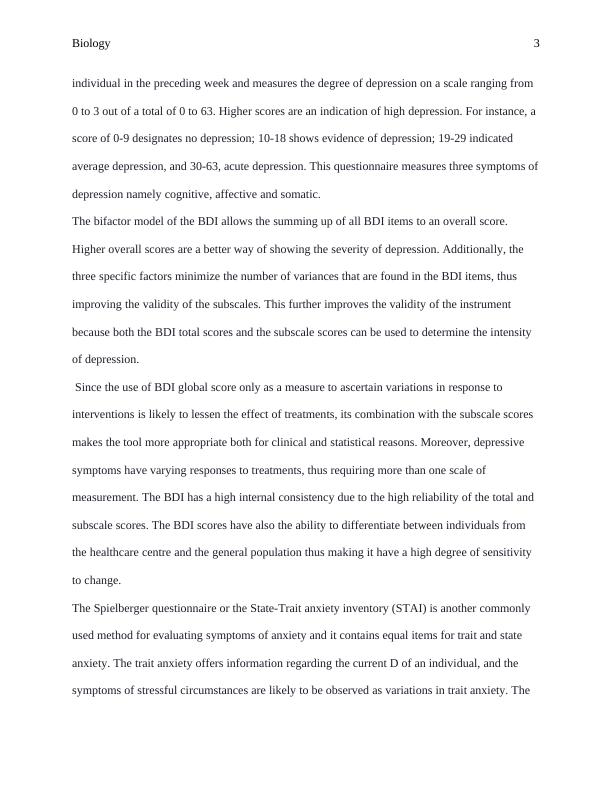Impact of Yoga on Depression and Anxiety Symptoms among Women
This assignment requires a critical appraisal of a study on the influence of yoga on symptoms of depression and anxiety in women registered to a yoga clinic. The summary should include the aims/hypotheses of the study, sample and recruitment details, main findings, consideration of the findings in light of the aims/hypotheses, measurement in the study, validity and reliability of the measurement, potential threats to internal and external validity, and the potential impact of these threats on the study.
Added on 2022-11-07
About This Document
Impact of Yoga on Depression and Anxiety Symptoms among Women
This assignment requires a critical appraisal of a study on the influence of yoga on symptoms of depression and anxiety in women registered to a yoga clinic. The summary should include the aims/hypotheses of the study, sample and recruitment details, main findings, consideration of the findings in light of the aims/hypotheses, measurement in the study, validity and reliability of the measurement, potential threats to internal and external validity, and the potential impact of these threats on the study.
Added on 2022-11-07
End of preview
Want to access all the pages? Upload your documents or become a member.



